Kinabalu Park Sabah

Introduction
Located on the west coast of Sabah, Kinabalu Park is a world-renowned ecological paradise and the first UNESCO World Heritage Site in Malaysia. Home to Mount Kinabalu, the tallest peak in Southeast Asia at 4,095.2 metres, the park is a hub for biodiversity, adventure, and eco-tourism. With over 4,500 species of flora and fauna, scenic jungle trails, botanical wonders, and natural hot springs, Kinabalu Park is a must-visit destination for nature lovers and outdoor enthusiasts.
Why Visit Kinabalu Park?
Biodiversity Hotspot
Kinabalu Park is recognised as the Centre of Plant Diversity for Southeast Asia, boasting a vast collection of endemic and rare plant species, including the famous Nepenthes Rajah—the world’s largest pitcher plant.
Variety of Nature Trails
Whether you’re a beginner or an experienced trekker, the park offers something for everyone:
- Silau-Silau Trail (3 km): A shaded, serene path ideal for casual walks.
- Mempening Trail (2.5 km): A scenic trail suitable for beginners.
- Liwagu River Trail (5.6 km): A more challenging trail crossing streams and ridges.
Top Things to Do at Kinabalu Park
1. Visit the Kinabalu Botanical Garden
Explore a stunning collection of rare orchids, ferns, and medicinal plants in this guided or self-exploratory garden. A great spot to learn about Kinabalu’s unique flora.
2. Soak at Poring Hot Springs
Located 40 km from Kinabalu Park, Poring Hot Springs is famous for its sulphur-rich thermal baths. Ideal for soothing tired muscles after a hike.
3. Discover Waterfalls
Just a short walk from the hot springs are:
- Kipungit Waterfall (0.5 km from the entrance)
- Langanan Waterfall, a more adventurous trek with rewarding views
4. Explore the Poring Orchid Conservation Centre
Home to over 1,200 orchid species, including many rare orchids endemic to Kinabalu Park.
5. Walk the Poring Canopy Walkway
Enjoy a bird’s-eye view of the rainforest from a 157.8-metre-long and 41-metre-high suspension walkway.
6. Visit the Butterfly Farm & Tropical Garden
A great family-friendly stop, where you can spot colourful butterflies and exotic plants up close.
Best Time to Visit
The most ideal period to visit Kinabalu Park is February to April, when the weather is cooler and drier. Avoid the monsoon season from October to January, as rain can make some trails slippery and less accessible.
How to Get to Kinabalu Park
By Car or Taxi
From Kota Kinabalu, it takes about 2 hours by car. The drive via Tamparuli–Ranau road is scenic and enjoyable.
By Bus
Take a bus from Inanam Bus Terminal (north of Kota Kinabalu) headed for Ranau, Sandakan, Tawau, or Semporna—ask the driver to drop you off at Kinabalu Park.
By Minivan or Shared Taxi
Departing from Merdeka Square in Kota Kinabalu, shared vans heading to Ranau often stop near the park upon request.
Where to Stay Near Kinabalu Park
- Sutera Sanctuary Lodges – Located inside the park, perfect for early hikes.
- Kinabalu Pine Resort (Kundasang) – Mountain-view chalets just 5 km away.
- Ceaser’s Place – Budget-friendly with basic amenities and valley views.
Where to Eat
- Liwagu Restaurant (within the park): Serves local and Western meals with forest views.
- Kundasang Market: Try local snacks, fruits, and traditional Sabah street food.
- 89 Station Restaurant: Known for its warm ambience and panoramic views.
Entry Fees (as of latest updates)
| Category | Malaysians (RM) | Non-Malaysians (RM) |
|---|---|---|
| Adults | 3 | 15 |
| Children (below 12) | 1 | 10 |
Quick Facts
| Feature | Details |
|---|---|
| Location | Ranau, West Coast Division, Sabah |
| Coordinates | 6.0806° N, 116.5542° E |
| Area Covered | 754 sq km |
| Official Website | www.mountkinabalu.com |
| UNESCO Status | Since 2000 |
| Elevation Range | 1,500m to 4,095m |
Final Thoughts
Kinabalu Park is more than just a gateway to Mount Kinabalu—it’s a complete eco-adventure destination where you can trek through pristine forests, soak in hot springs, marvel at rare plants, and reconnect with nature. Whether you’re here to hike, learn, or simply relax, this Sabah gem promises an unforgettable experience for all types of travellers.


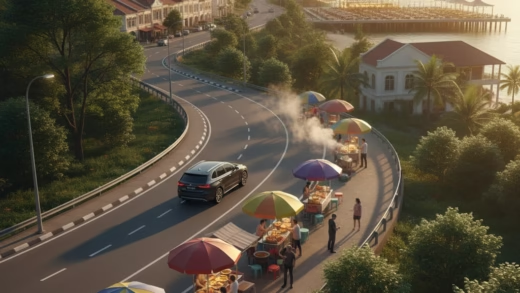
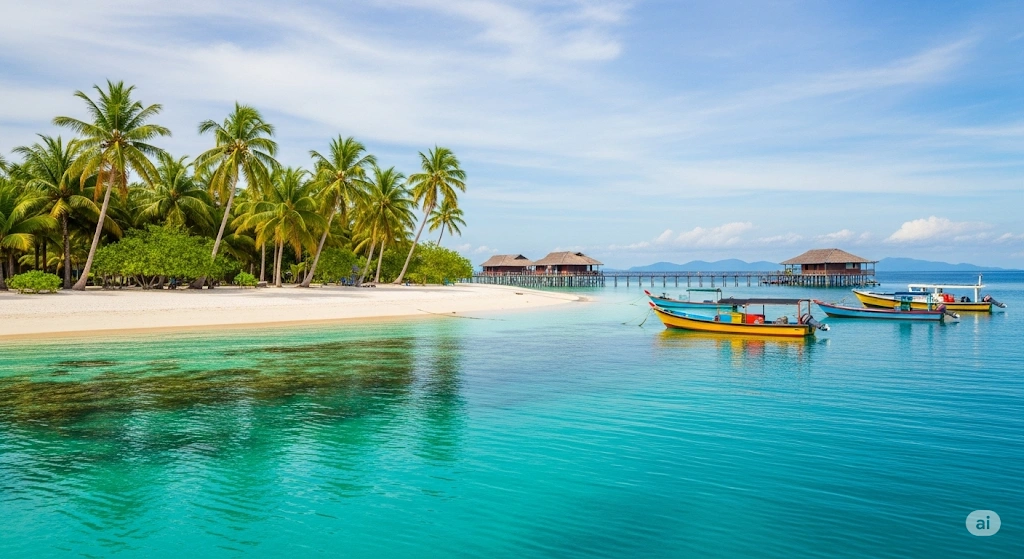

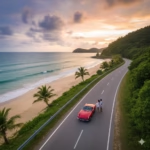

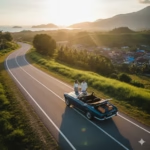
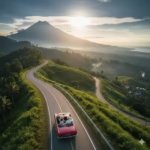

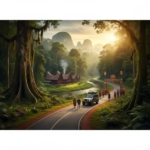
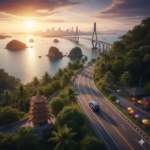
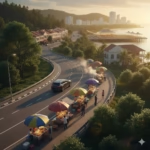
Comments are closed.